The history of clothing - the history of clothing
- The tradition of draping - developed in stable cultures (such as India, China, Egypt, Greece) and used large cloth sheets woven on large looms. In this tradition, pieces of cloth are used that are wrapped around the body. The final garment is larger than the body, so a young girl could literally grow into her garment.
- The tailoring tradition ( Tailoring) - developed in nomadic cultures where very small looms were used that could be moved from place to place, this tradition flourished among the barbarian peoples who invaded Europe after the fall of the Roman Empire. In this tradition, the garment is made of connecting small pieces of fabric.
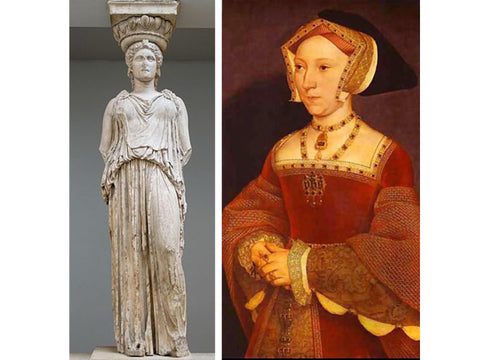
In ancient times in Greece and Rome, clothing consisted of a basic garment - a garment worn directly on the body (in Greece it was called a chiton and in Rome a tunica ), and an upper garment - a garment that a person wears when he goes out in public, a garment that represents him when he is in public and protects him psychologically. Also The basic garment as well as the upper covering are based on the principle of a rectangle of fabric that is worn on the body, caught in fringes (pins, fibules, fibule ), fastened with belts or wrapped in a ribbon around the body. There is a difference between Greece and Rome both in the color and in the way the garment is wrapped on the body as well as In the form of the fabric itself, but the similarity is basically the clothing according to the rabida tradition.
Afterwards, during the invasion of the barbarian peoples into Europe after the fall of the Roman empire, it was nomadic cultures where the tradition of tailoring began to develop. It refers to the connection of pieces of cloth woven on very small looms that can be moved from place to place, when the garment is actually made of the connection of those parts.
In a later period during the Middle Ages, a combination of the two traditions was made. The European garment is a garment that is adapted to the body, three-dimensional and made of parts that connect to each other. From the 14th century we can begin to see a real revolution in the appearance of the style. This is in fact the beginning of the garment in the form we know it today: a garment that is not made on a large loom nor is there any joining of parts: a cut garment that is adapted to the body, three-dimensional and made of parts that connect to each other (such as an inserted sleeve, buttons, laces).
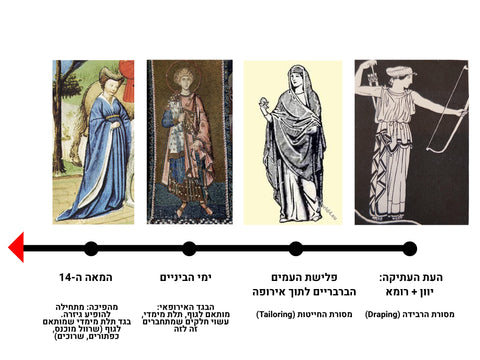
The development of the garment from antiquity to the 14th century
From then on fashion is in the modern sense of a frequent change of silhouette. From the 15th century until the 19th century you can see a silhouette change every hundred years or so. Throughout these years, new and spectacular styles entered art, the most prominent of which are: Renaissance, Baroque, Rococo, Impressionism, Realism and more. As for the clothing, the silhouettes and the size of the clothes are a matter of "who has more expensive and who has bigger". Below is a sample of the variation of the silhouette starting from the 15th century until the end of the 19th century and in them you can see that the silhouette is only getting bigger, getting stronger:
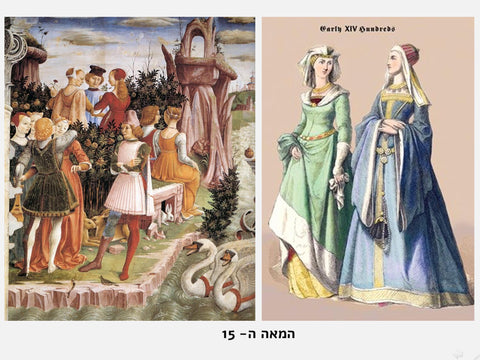
Fashion in the 15th century

Fashion in the 16th century
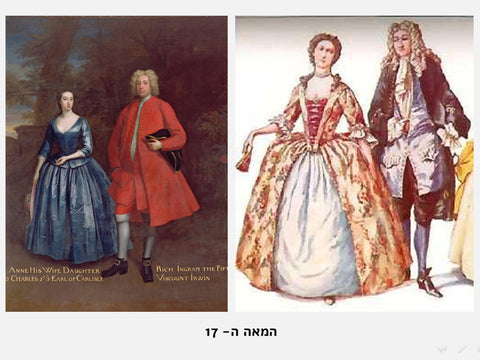
Fashion in the 17th century

Fashion in the 18th century
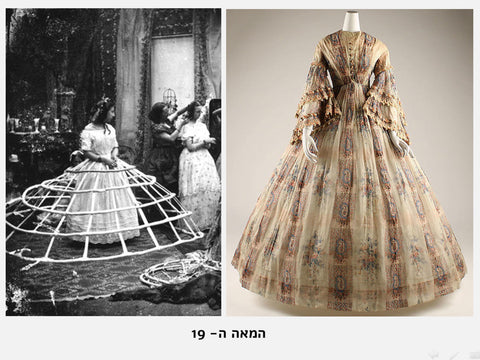
Fashion in the 19th century
Until the beginning of the 20th century, changes can be seen at a very slow pace. Fashion was preserved for many years and its rate of change was only once every ten years and once every hundred years. With the entry into the 20th century, one can begin to see much larger and more frequent changes in fashion. This is because the industrial revolution is happening in the background, which means that now there are factories and production lines. Items can be mass produced and cheap. In addition, people who are not aristocracy have more money, and a culture of leisure and consumption is created as a result of people having money to spend and time to spend it. Now there is an acceleration in the pace of fashion change: every decade there is a change.

Fashion in the 20th century: acceleration in the pace of fashion change. Every decade there is a change
Fashion was until now the property of the aristocracy only. With the progress into the 20th century, the interest in fashion that until now was the domain of the rich becomes the domain of the general public. As a result, this is the period of the beginning of shops that sell clothes.
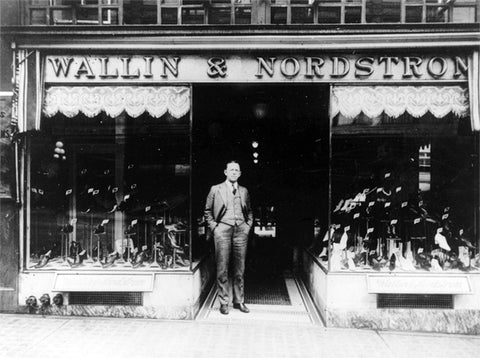
The beginnings of the first fashion stores. John W. Nordstrom in front of the Wallin & Nordstrom shoe store, downtown Seattle, 1901
Another change that comes in the 20th century is the flowering of high fashion ( Haute Couture ). This was the golden age of the finest and highest fashion, characterized by clothing and luxury fashion accessories that were personally prepared and adapted to the client. Haute couture fashion is usually made of fabric Fine and sewn With maximum attention to every detail, often by hand . A garment defined as "haute couture" is specially sewn to the customer's order and according to his/her measurements only, is usually made of expensive raw materials, and is sewn with great care for the quality of the seam and the finish, often using manual and complex work methods that require a long working time. In the design and sewing of an "Elite Fashion" garment, the highest emphasis is placed on the appearance of the garment and its adaptation to the customer's requirements. Therefore, these clothes and fashion accessories are considerably more expensive than clothing produced by mass production methods .
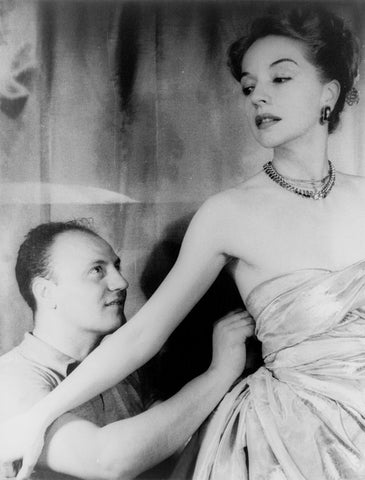
Pierre Balmain fits a dress on the model Ruth Ford, 1947, photo: Carl Van Vechten
In addition, this century is characterized by the foundation of fashion shows:

Dior fashion show, 1950s
As the years progress into the 20th century, we begin to see the production of fashion for the masses: in terms of "I have the same clothes as my neighbor". And so in the 90's the growth of fashion chains begins, dictating fashion alongside the design houses.

The growth of the big fashion chains
Towards the end of the 20th century and the beginning of the 21st century, with the advent of the digital revolution, fashion experienced new changes. Now bloggers are the dictates of public opinion, and whoever is famous and has followers becomes a fashion icon and dictates fashion. An example of this can be seen in the "Kate effect". It is about the influence that the famous duchess Kate Middleton (Kate Middleton) has on sales of specific items that she wears. Every item worn by the Duchess, starting with special dresses and clothes for the occasion, ending with designer dresses and designer shirts, is sold in a flash and becomes " Sold Out " within minutes to a few hours from the moment Duchess Middleton appears with the item on her. This phenomenon shows the great power that famous celebrities have today as dictating fashion and trends.

"The Kate Middleton Effect"
In conclusion, the relationship between the body and the garment has varied over the years between the garment as a means to enhance the body underneath, to emphasize the natural body and the female nudity (such as, for example, the Greek garment) and between the shaping of the natural body by artificial means (such as in the 19th century: corsets and complicated constructions ) and the very, very narrow waist ideal. To this day these two approaches exist: the relationship between "natural" and "artificial". The body is the cultural construction: each period has its own ideal of beauty, and the clothes shape the body according to the period ideal (for example: the classical beauty ideal, the Gothic ideal, the Mannerist ideal, androgynous, etc.) . There is no doubt that much can be learned from the changes that clothing has undergone over the years, alongside the changes that humanity as a whole has undergone. Is today's fashion more "natural" or "artificial"? And what does the future hold for us?

Iris van Harpen, Syntopia collection, what does the future hold for us? A lecture on fashion in 3D
This post is a taste of my lecture on "3D fashion" and is the introduction to the lecture.
Want to hear me lecture?
For all details: Liat Brandel Gilon, liatbrandel@gmail.com or 052-8128882





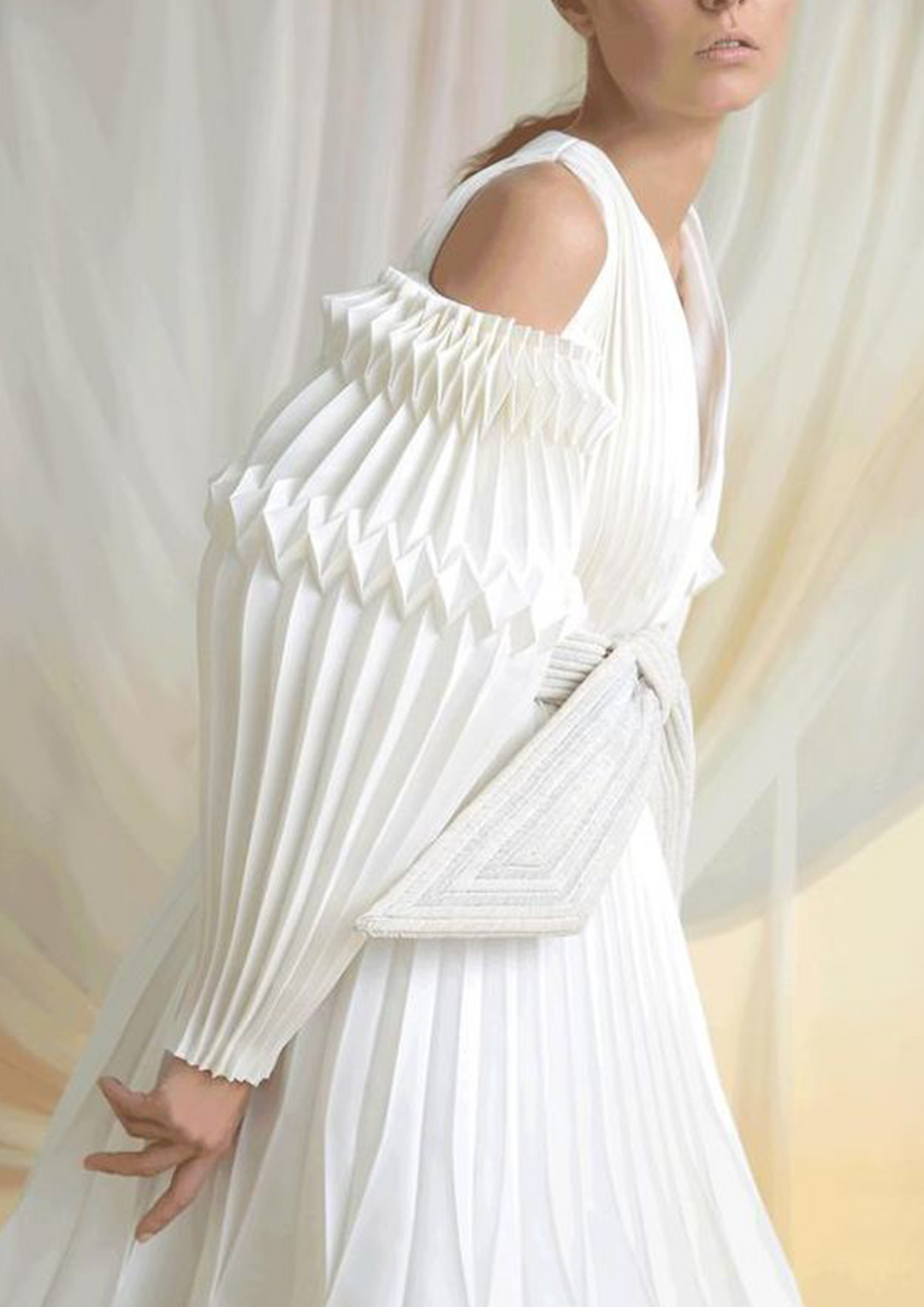
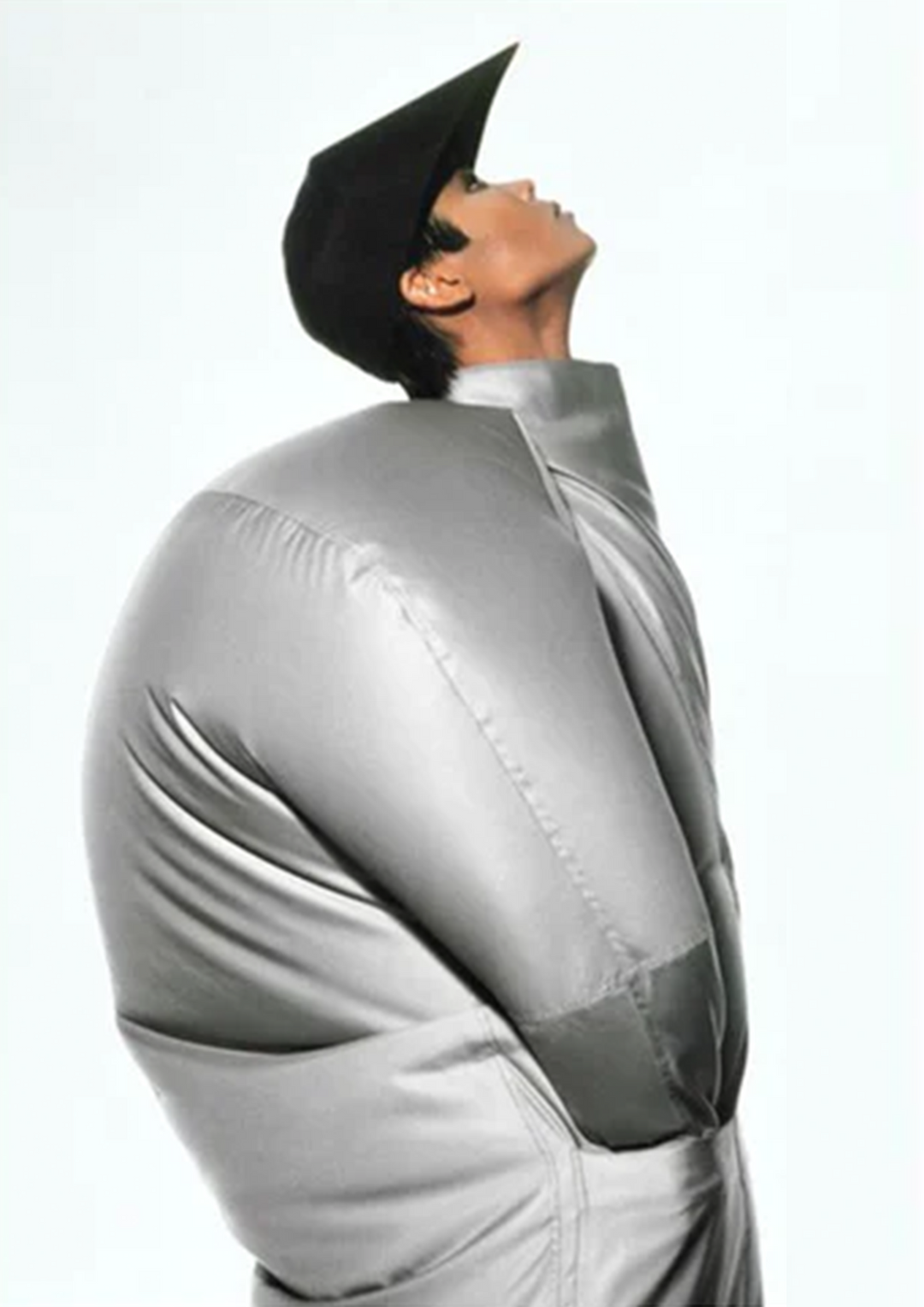
בשמחה טלי! אני מכירה ספרות בנושא בשפה האנגלית, בעברית לא כל-כך. בקרוב אעלה פוסטים חדשים ובהם גם רשימות ביבליוגרפיות המפנות לספרות הרלוונטית באנגלית. מוזמנת להתעדכן כאן בשמחה
תודה על המאמר המרתק, ידוע לך אם יש ספרות בעברית בנושא תולדות הלבוש? אשמח להפנייה
מרתק לקרוא , תודה!
רק הערה אחת, ביוון העתיקה, העריצו את העירום הגברי , לא פחות מאשר את הנשי
תודה רבה ברוריה :)
שלום ליאת, למדתי תולדות הלבוש במשך שנים רבות במסגרת מערכת החינוך ובהכשרת מורים לתולדות הלבוש. נכנסתי במקרה לדף שלך ומאד התרשמתי, עלי והצליחי, ברוריה
Leave a comment